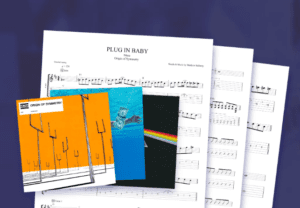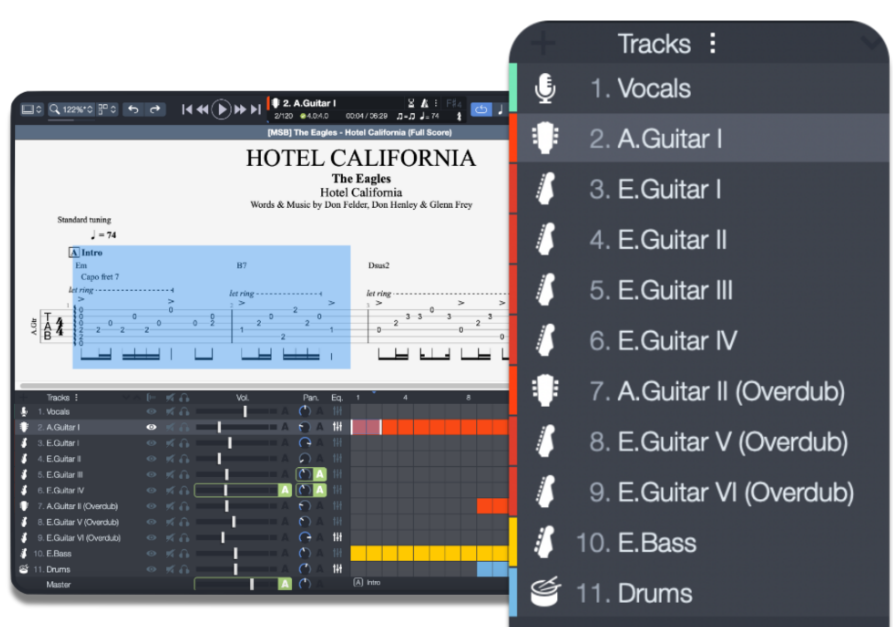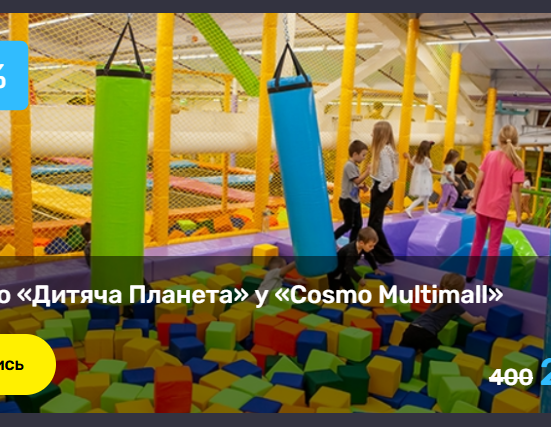Introduction to guitar editing tools
Are you ready to take your guitar practice sessions to the next level? Whether you’re a beginner or an experienced musician, having the right tools can make all the difference. Guitar editing tools offer a world of possibilities for refining your sound and improving your skills. They help you analyze your playing, adjust tones, and even compose new music with ease.
Imagine being able to isolate tricky sections of a song or experiment with different effects without needing a full studio setup. With these powerful resources at your fingertips, you’ll not only enhance your practice but also unlock creativity in ways you’ve never imagined before. Let’s dive into what makes these tools essential for any guitarist looking to maximize their potential!
Whether you’re a seasoned guitarist or just starting out, practice sessions can sometimes feel monotonous. What if there was a way to breathe new life into those hours spent with your instrument? Enter guitar editing tools. These innovative resources are designed not only to enhance your playing but also to make the learning process more enjoyable and productive.
Imagine being able to dissect your favorite riffs, adjust tempos, or even layer sounds effortlessly. With the right tools at your fingertips, you can transform simple practice routines into dynamic experiences that foster growth and creativity. Let’s dive into some essential guitar editing tools that will elevate your practice sessions and help you unleash the full potential of your musical journey.
Types of guitar editing tools available
Guitar editing tools come in various forms, catering to different needs and preferences.
Digital audio workstations (DAWs) are among the most popular options. These software platforms allow musicians to record, edit, and mix their guitar tracks seamlessly.
Effects pedals offer another avenue for creative expression. From distortion to reverb, they enhance your sound while providing real-time control over tone.
Loop stations can transform practice sessions by letting you layer sounds. They enable you to create rich musical backgrounds or complex harmonies without needing additional instruments.
Alternatively, mobile apps have revolutionized how guitarists approach editing on the go. With powerful features at your fingertips, it’s easier than ever to experiment with sounds anytime and anywhere.
Online collaboration tools connect musicians across the globe. You can share your edits with others for feedback or even collaborate on new projects in real time.

The benefits of using guitar editing tools
Guitar editing tools can transform your practice experience. They provide instant feedback, allowing you to hear your mistakes and make corrections on the spot.
These tools also enhance creativity. With various effects and sounds at your fingertips, you can explore new musical ideas that might not surface during traditional practice sessions.
Time management is another significant benefit. Editing software lets you isolate sections of a song for focused practice, making it easier to tackle challenging parts without wasting time on what you already know.
Additionally, many programs offer tutorials and play-along features. These resources keep you motivated while ensuring you’re learning effectively.
They create a collaborative environment. You can easily share your recordings with friends or online communities for valuable input and encouragement—helping foster growth in your skills as a guitarist.
Using guitar editing tools can significantly enhance your practice sessions. They allow you to hone your skills more effectively and efficiently. With the right software, you can adjust tempo, loop sections, and isolate difficult parts of a song that need extra attention.
These tools also offer an opportunity for creativity. You can experiment with different sounds and effects to find what resonates with you. Whether it’s layering tracks or utilizing various virtual instruments, the possibilities are endless.
Additionally, many editing tools come equipped with features that help track your progress over time. This allows you to see how far you’ve come and identify areas that still require work. It adds a layer of motivation knowing you’re making tangible improvements.
Moreover, collaborating becomes easier when using digital platforms for recording and sharing music edits. Working remotely has never been simpler; just send files back and forth online without any hassle.
In essence, incorporating guitar editing tools into your practice routine not only elevates your playing but also enriches the overall experience of learning music. Embrace these technologies as part of your journey; they may very well be game-changers in reaching your musical goals.
Top 5 essential guitar editing tools
When it comes to honing your guitar skills, having the right editing tools can make all the difference. Here are five essentials that every guitarist should consider.
First up is **GarageBand**. This user-friendly software offers a range of features for recording and editing tracks, making it ideal for beginners and pros alike.
Next, check out **Ableton Live**. Its versatile interface allows you to experiment with loops and samples while keeping your creativity flowing.
Don’t overlook **Guitar Pro** either. Perfect for those who love to compose music, this tool helps visualize tabs and chords in an intuitive way.
For real-time effects processing, **AmpliTube** shines with its vast array of amp models and effects pedals that enhance your sound instantly.
There’s **Transcribe!**, which aids in learning new songs by slowing down audio without changing pitch—great for mastering tricky solos or complex riffs.
Tips and tricks for maximizing practice sessions with editing tools
To get the most out of your practice sessions, start by setting clear goals. Focus on a specific technique or song each time. This will help you stay organized and make tangible progress.
Utilize looping functions in your editing tools. Looping difficult sections can reinforce muscle memory and allow you to focus on precision without interruption.
Experiment with varying tempos. Slowing down challenging passages helps build accuracy before speeding back up to performance tempo.
Use visual aids such as waveforms and spectrograms if available. These can highlight mistakes that aren’t always obvious when listening back.
Don’t forget to record yourself regularly. Listening critically to your performances provides invaluable insight into areas needing improvement while also tracking your growth over time.


Conclusion: Taking your guitar playing to the next level with editing tools
Embracing guitar editing tools can transform your practice routine and enhance your playing experience. These tools offer a unique way to refine your sound, improve technique, and foster creativity. Whether you are recording yourself for feedback or experimenting with different effects, the right editing tools can provide valuable insights into areas needing improvement.
With an array of options at your fingertips—from software applications to hardware devices—there’s something for everyone. Using these resources effectively not only streamlines practice but also keeps it engaging and enjoyable.
By incorporating these essential editing tools into your sessions, you’ll find that progress comes more naturally. Your skills will develop in ways you didn’t think possible. So take the plunge! Elevate your guitar journey by harnessing the power of technology alongside traditional practice methods. The best is yet to come as you unlock new levels in your music-making adventures!
Using guitar editing tools can truly elevate your practice sessions. These resources offer a fresh way to approach learning and perfecting new techniques. By incorporating the right tools, you can track your progress and identify areas for improvement.
As you explore the options available, remember that each tool has its unique strengths. Experiment with different software or apps to find what resonates with your style of playing. Whether it’s adjusting tempo, adding backing tracks, or layering sounds, these features can enhance your overall experience.
The journey of mastering the guitar is ongoing. Embracing technology and utilizing these editing tools will not only make practicing more efficient but also more enjoyable. With dedicated effort and the right resources at your disposal, you’re setting yourself up for success in reaching new heights as a guitarist.
So gear up and dive into this exciting world of possibilities! Your musical aspirations are within reach when paired with effective editing strategies tailored to fit your needs.







